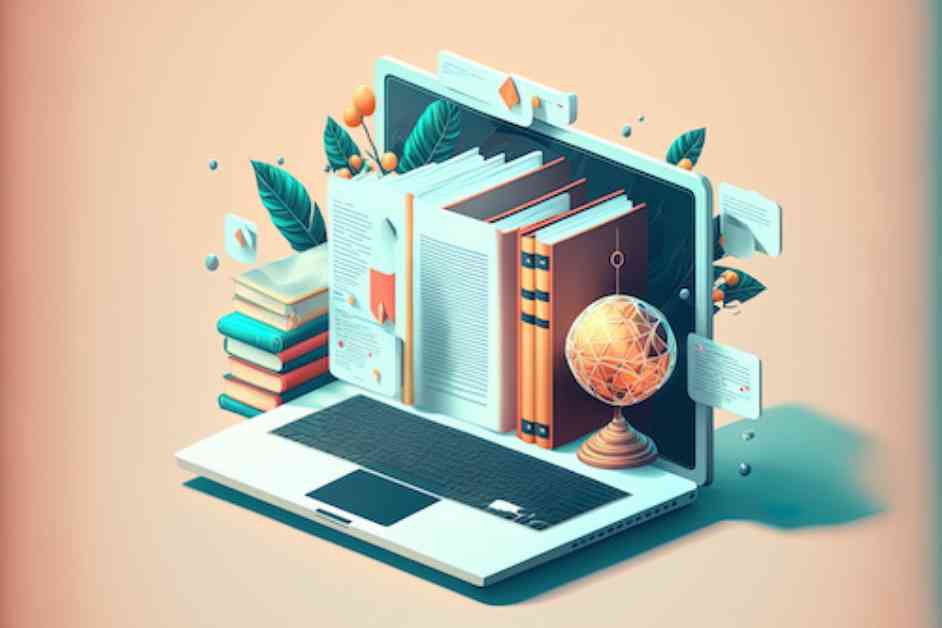Educational technology plays a crucial role in enhancing classroom efficiency by integrating various tools and resources to streamline processes and improve learning outcomes. From automating administrative tasks to fostering collaboration among students, technology offers a wide range of benefits that transform traditional teaching methods. Let’s delve deeper into how technology can be effectively utilized in the classroom to create a more engaging and personalized learning environment.
One of the key advantages of educational technology is its ability to enhance student engagement. By incorporating interactive tools such as educational apps, videos, and simulations, teachers can make lessons more dynamic and cater to different learning styles. This increased engagement not only captures students’ interest but also helps them grasp complex concepts more effectively.
Furthermore, technology enables personalized learning experiences through adaptive platforms that adjust content based on individual student performance. This tailored approach ensures that each student receives the appropriate level of challenge and support, promoting a more inclusive learning environment. Additionally, digital tools like Google Classroom facilitate collaboration among students, encouraging teamwork and enhancing problem-solving skills.
Moreover, technology expands access to a vast array of resources, from research databases to interactive tutorials, which supports independent learning and encourages exploration beyond traditional textbooks. By leveraging digital tools, students can develop essential digital literacy skills that are vital for future academic and professional success.
In terms of efficiency, technology streamlines educational processes by providing quick access to resources, facilitating personalized learning, and optimizing administrative tasks. Digital platforms and online databases offer students a wealth of educational materials, while adaptive learning systems analyze student performance to deliver tailored instruction. Tools like digital gradebooks and automated assessments reduce the time spent on grading and paperwork, allowing educators to focus more on personalized instruction and support.
To effectively integrate technology into the classroom, educators should select tools that align with educational goals and complement traditional teaching methods. By incorporating technology into lesson plans, teachers can enhance learning experiences and provide students with diverse perspectives on a topic. Encouraging student interaction and collaboration using digital tools fosters teamwork and communication skills, while monitoring technology use ensures that it meets educational objectives.
In conclusion, educational technology plays a pivotal role in enhancing classroom efficiency and creating a more engaging and effective learning environment. By leveraging digital tools and resources, educators can improve student engagement, personalize learning experiences, and streamline administrative tasks, ultimately preparing students for success in a technology-driven world.







